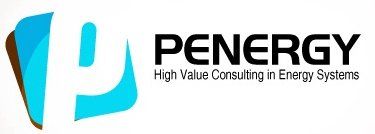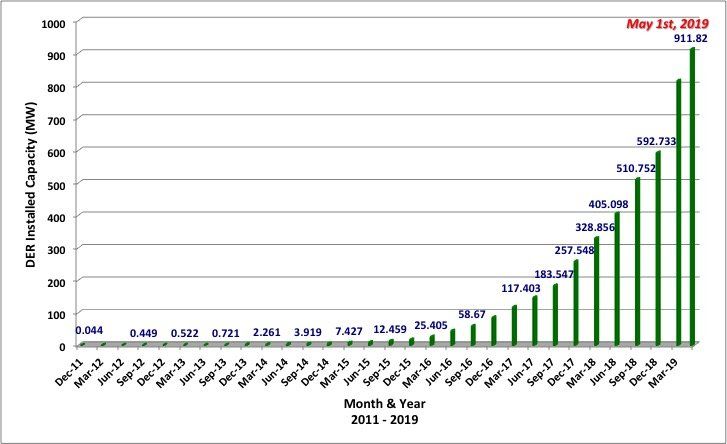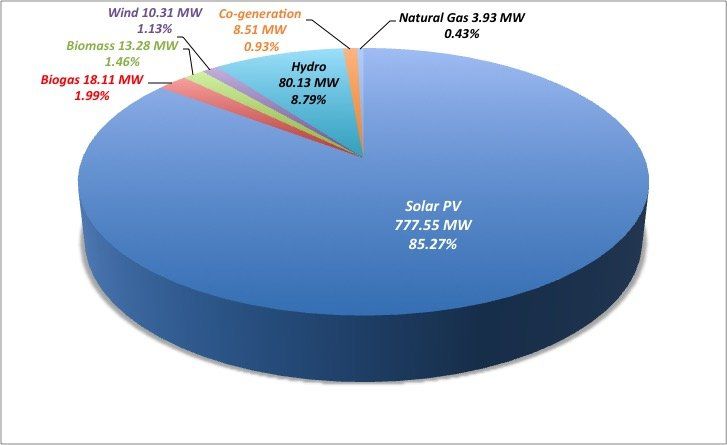Blog Layout
DER Evolution in BrazilDr. Luiz A. S. Pilotto
DER in Brazil Reaches 100,000 Prosumers
DER - Distributed Energy Resources in Brazil is growing at an exponential rate and has surpassed 100,000 Prosumers. The total number of Grid Source connections amounts to 75,537 as of May 1ˢᵗ 2019, feeding 104,756 Consumers, presenting an accumulated increase of 177% during the last 12 months. Total Installed Capacity will surpass 1,300 MW by the end of 2019. The current total Installed Capacity is 911.82 MW, compared to 44 kW in December 2011, as shown in Figure 1, with a strong focus on PV Generation - 777.55 MW. Other sources include biogas, biomass, wind and hydro micro & mini power plants as depicted in Figure 2.
On March 1ˢᵗ 2016, ANEEL, the Brazilian Electricity Regulatory Agency, put in place a series of measures to jump start the fast adoption of DERs in Brazil. The mechanism that is boosting the implementation of DERs in Brazil is based on Behind the Meter Generation associated with Net Metering, allowing for the exchange of energy between the generation units and the Distribution Companies.
It is important to mention that right now only a physical market was established: whenever an Agent generates more energy than he absorbs from the Distribution Company, he will receive energy credits that may be used at any time during the following 60 months (5 years). However, this Agent will not be involved in a financial transaction with the Distribution Company.
Of special interest is the fact that energy credits may be used by the Agent at any other place different from where the credit was generated, provided that the unit belongs to the same Agent and is located at the Concession area of the Distribution Company where the credit was originally generated.
The concept of Shared Generation was also introduced and now a group of Agents may develop a joint Project and share the benefits of a common PV Power Plant to reduce its Distribution Company Energy needs, according to its participation at the Joint Project.
On top of the new Regulatory Act put in place on March 1ˢᵗ 2016, both Federal and State Governments are providing tributary incentives by tax exemption from PIS, COFINS and ICMS, three important taxes applied to electricity, among other commodities, in Brazil. The exemption is applied over the difference between generated power from the Agent and the energy absorbed from the Distribution company. PIS, COFINS and ICMS together may reach around 30-40% (depending on the unit of the Federation) of taxes applied to the generated energy. Therefore, a huge incentive for the fast creation of a large new Distributed Energy Resources Market in Brazil.
Although the absolute numbers associated with the Installed Capacity are still small, it is the exponential growth of the implementation of new Distributed Energy Resources that is of importance, as shown in Figure 1. At this rate, by 2024 over 887,000 prosumers will be in place with an estimated Installed Capacity of 3,200 MW. According to Agência Nacional de Energia Elétrica - ANEEL, the Brazilian Electricity Regulatory Agency, R$ 100 Billion Brazilian Reais will be invested in this segment until 2030.



